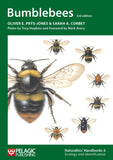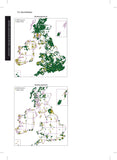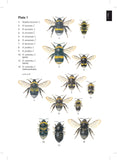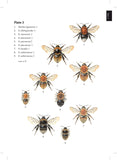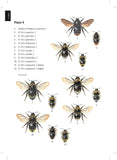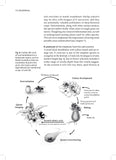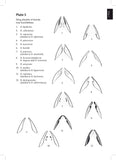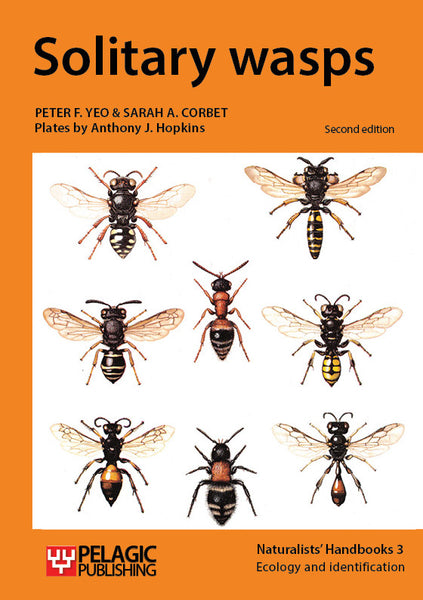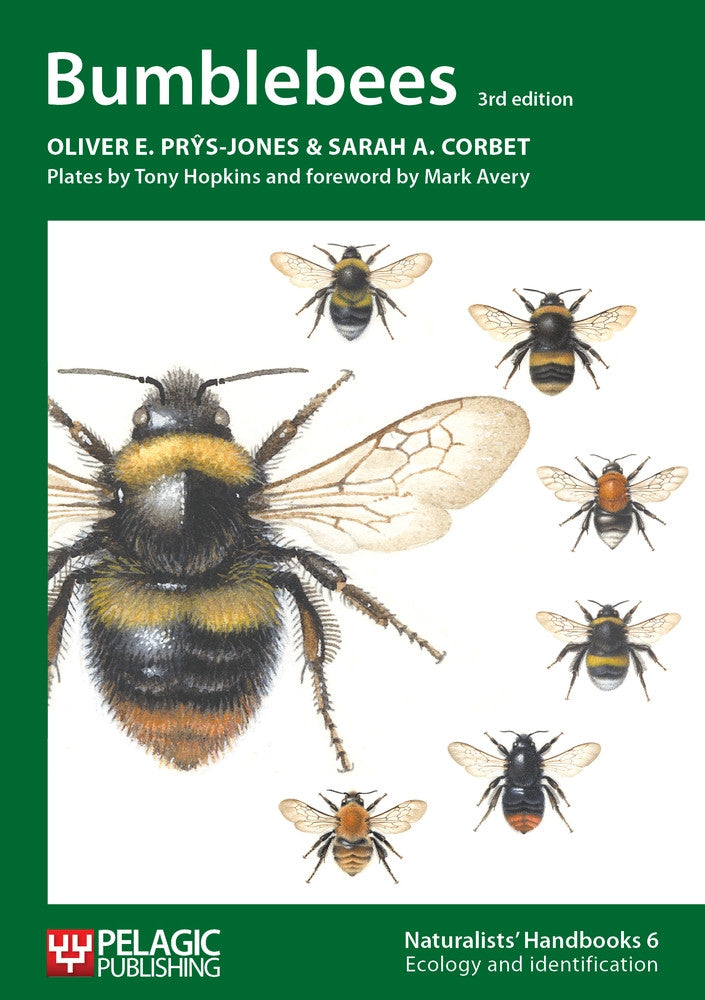
Bumblebees
- New edition of an indispensible guide
- Introduces techniques and approaches to original work
- Keys and distribution maps of all British species
- This is a beautiful and interesting book which should appeal to the general naturalist as well as the specialist.
—Maurice Moss, Zoological Journal of the Linnean Society
- bees
- bumblebees
- conservation
- ecology
- entomology
- hymenoptera
- identification
- taxonomy
Description
An indispensable guide to identification, ecology and study of bumblebees. This new edition embraces the wealth of information published on bumblebee life history, ecology, foraging, parasites and conservation in recent years. It includes a new chapter on the very real threats to bumblebees; their crucial role as pollinators of our native flora and crops; ways to promote their survival; advantages and problems posed by their commercial use; as well as updated colour plates, keys and distribution maps of all British species (including Bombus hypnorum).
The book introduces techniques and approaches to original work so that anyone with an interest can usefully contribute to furthering our understanding and appreciation of these wonderful and important insects.
Readership
Sixth-form, undergraduate, postgraduate, field centre, ecological consultant, wildlife trust, conservation volunteerTable of Contents
Introduction
Distribution and recognition
The natural history of true bumblebees (Bombus)
Nests and their establishment in captivity
Cuckoo bumblebees Bombus (Psithyrus), parasites and nest associates
Foraging behaviour
Threats, conservation and commercial use
Identification
Approaches to original work: techniques and web resources
Further reading and references
Synonymy
Index
Distribution maps
Reviews
- One of the strengths of this guide is that it encouraqes the field study of bumblebees and suqgests ways of going about it. lt is good to see it back again, for a new generation and with a new publisher. —Peter Marren, British Wildlife
- On reading the book I found myself immediately engaged both by the content, a wide but not over-detailed, review of research which has gone on since the first edition, and the writing style; age and experience have served both authors well here. Yes, the energy studies are still there, but they are set within a much broader framework than originally. The key provides understanding of how to separate out the more tricky species and adds the new colonist Bombus hypnorum. —Mike Edwards, British Journal of Entomology & Natural History
- The book is written in an extremely accessible style, with handy definitions and interesting illustrations alongside the main text. An identification key is included, which at first glance might seem a little daunting for a novice, but is accompanied by an excellent glossary diagram and complemented by beautiful colour illustration plates. .... The threats to bumblebees in the UK are significant and ongoing. This book is an excellent step towards inspiring greater knowledge of the insects and is a valuable contribution to their conservation. —Claire Bugg, The Biologist
- This is a beautiful and interesting book which should appeal to the general naturalist as well as the specialist. —Maurice Moss, Zoological Journal of the Linnean Society
About the Author
Oliver Prys-Jones studied zoology at the University of St. Andrews and furthered a long term interest in bumblebees and their life histories with doctoral and research fellowship studies at the University of Cambridge. He subsequently qualified in medicine at Liverpool University and remains absorbed by bumblebees while working as a medical practitioner in North Wales.
Sarah Corbet has taught entomology and ecology in London University and the University of Cambridge. Her research interest is in pollination ecology, with a special focus on bumblebees.
Bibliographic Information
 130 pages
130 pages - Figures, b/w illustrations
- 16 colour plates
- | 3rd Edition
- BISAC NAT017000, SCI070020
- BIC PSVT7, PSVS, WNCN






